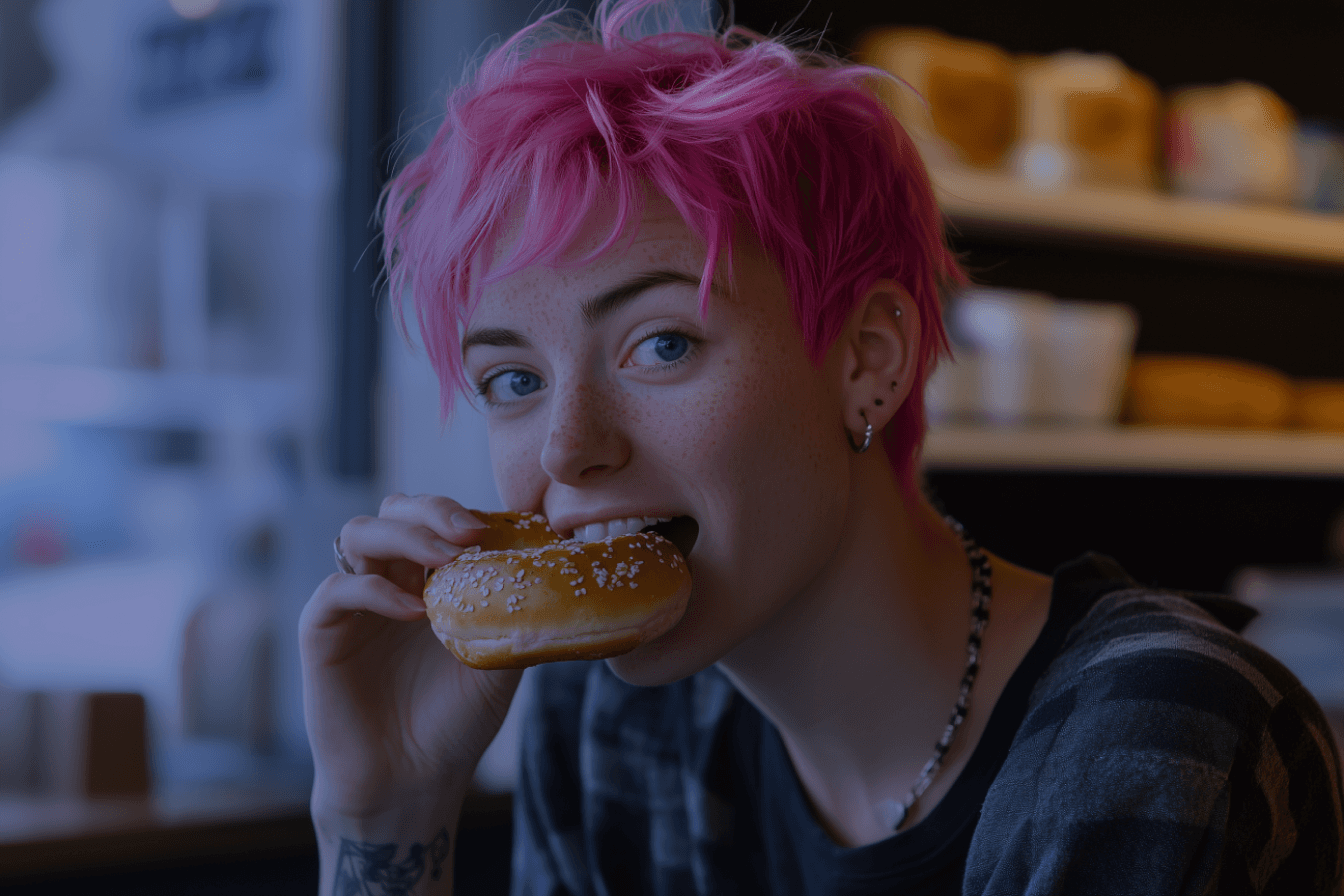My first “startup” job was at a company with 150 people. We had free coffee, a gym, a ping pong table, and bagels on Fridays—the classic startup perks. For a kid straight out of college, I felt spoiled.
One short layoff later, I was off to another startups with just 35 people.
These two companies couldn’t have been more different. They had unique needs, cultures, and structures. My general rule of thumb? The larger the company, the more structure, process, and ceremony it has in place. For designers, this means that the smaller the company, the more generalist your role will be, while larger companies expect you to specialize.
When recruiters ask, “Tell me about yourself. What kind of designer are you?” it’s essential to keep these expectations in mind. Here are a few things I wish I knew going in.
From Generalist to Specialist
At a small startup, a designer’s role is to do everything from branding to UI, even pitch decks. As the company grows, roles become specialized, and structure becomes essential. Knowing where you fall on the generalist-specialist spectrum can guide you in finding the right job and in shaping your career.
1-4 people (Pre-Seed)
The Founders’ Playground
At this size, the “company” is usually just the founders, possibly with an additional engineer. There’s rarely a designer unless they’re a co-founder, so design work is minimal and experimental, focused on building early concepts rather than polished visuals.
5-10 people (Seed)
Scrappy and Selective
Okay! They’ve got some money, but usually not too much. In the past, this round was dominated by companies hiring additional software engineers. But more recently the role of a Founding Designer has started to become available. The company is going to be looking for a senior designer who can do anything and everything design for them. Their design system and UI kit probably sucks, and their product needs more traction in the market since it’s still unproven. Pitch yourself as a scrappy generalist and blow their socks off.
10-75 people (Series A)
The First Design Team
Series A funding brings in more roles and sometimes a small design team (1-6 people). Designers here are generalists but may have deep skills in one area, like UX or visual design. This stage also opens doors for interns and junior designers. Companies are still finding their identity, so flexibility is key, but you’ll start to see more structured design roles.
75 - 500 people (Series B)
Growth and Structure
At this stage, companies are larger and moving toward a more structured environment. The design team may have specialists like a design researcher or dedicated UI/UX roles, along with a design director and managers. Roles become more focused, so it’s important to understand where your skills fit within the growing team. If you’re interviewing, feel out the company’s needs and pitch yourself as a specialist in a specific area.
Series C and Beyond (500+)
The Corporate Design Team
Once a company hits Series C funding, you’re looking at a more corporate structure, often with 500+ employees. Design departments are fully built out, and specialized roles are even more the norm. You’ll have teams dedicated to UX research, product designers, and leadership roles like design managers and VPs of design overseeing everything.
By this stage, companies often prioritize scaling their product, expanding into new markets, or even preparing for an IPO (Initial Public Offering). For designers, this means focusing on refining existing products, maintaining consistency across larger teams, and aligning design strategies with business goals. If you’re interviewing for a role here, expect the hiring process to be structured and the roles to be clearly defined. Highlight your expertise in a specific area while also demonstrating the ability to work cross-functionally with other departments.
IPO and Beyond (500+)
At an IPO or post-IPO stage, companies have evolved into large organizations with formal hierarchies, lots of processes, and often bureaucratic layers. Design teams can range from dozens to hundreds of people. Expect formal design reviews, stakeholder meetings, and plenty of documentation. Here, your ability to lead, manage cross-functional teams, or even act as a brand steward may be valued just as much as your design skills.
For designers, roles will be highly specialized and, in some cases, even niche. You’ll likely find yourself working on a super specific part of a product or feature. Maybe your team owns the Facebook “News Feed” page / Or the Google Images tab in their Search.
Key Takeaways and Advice
Evaluate Your Fit: Think about where you thrive on the generalist-specialist spectrum. Smaller companies may appeal if you enjoy variety and ownership, while larger companies are ideal if you want to hone a specific skill.
Be Ready to Pitch: When asked, “What kind of designer are you?” tailor your answer to the company’s stage. Smaller teams want flexibility, while larger ones expect depth in one area.
Know the Trade-offs: Every stage offers different experiences. Early-stage roles bring flexibility and high impact but are less stable, while late-stage roles offer stability and specialization but may feel more corporate.
